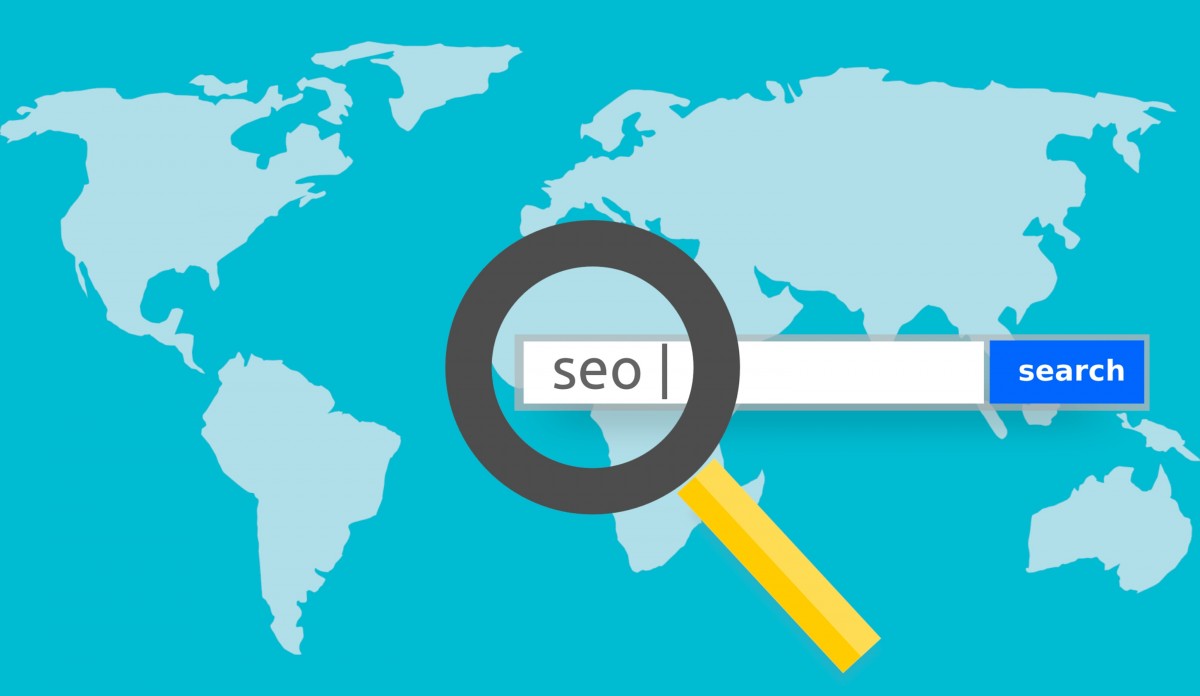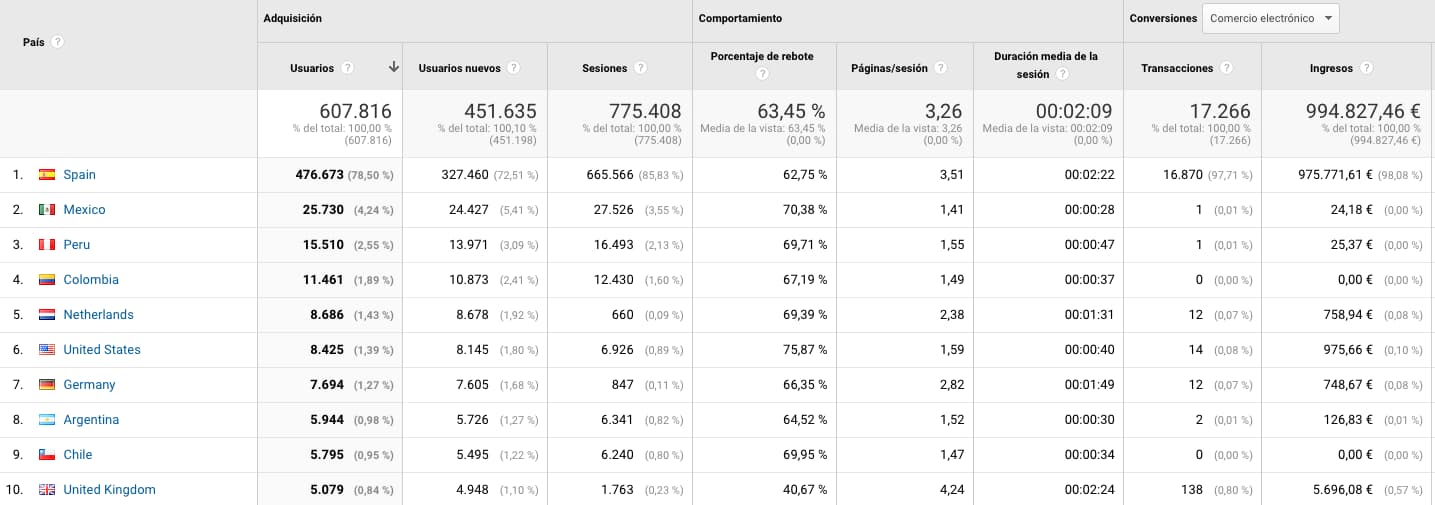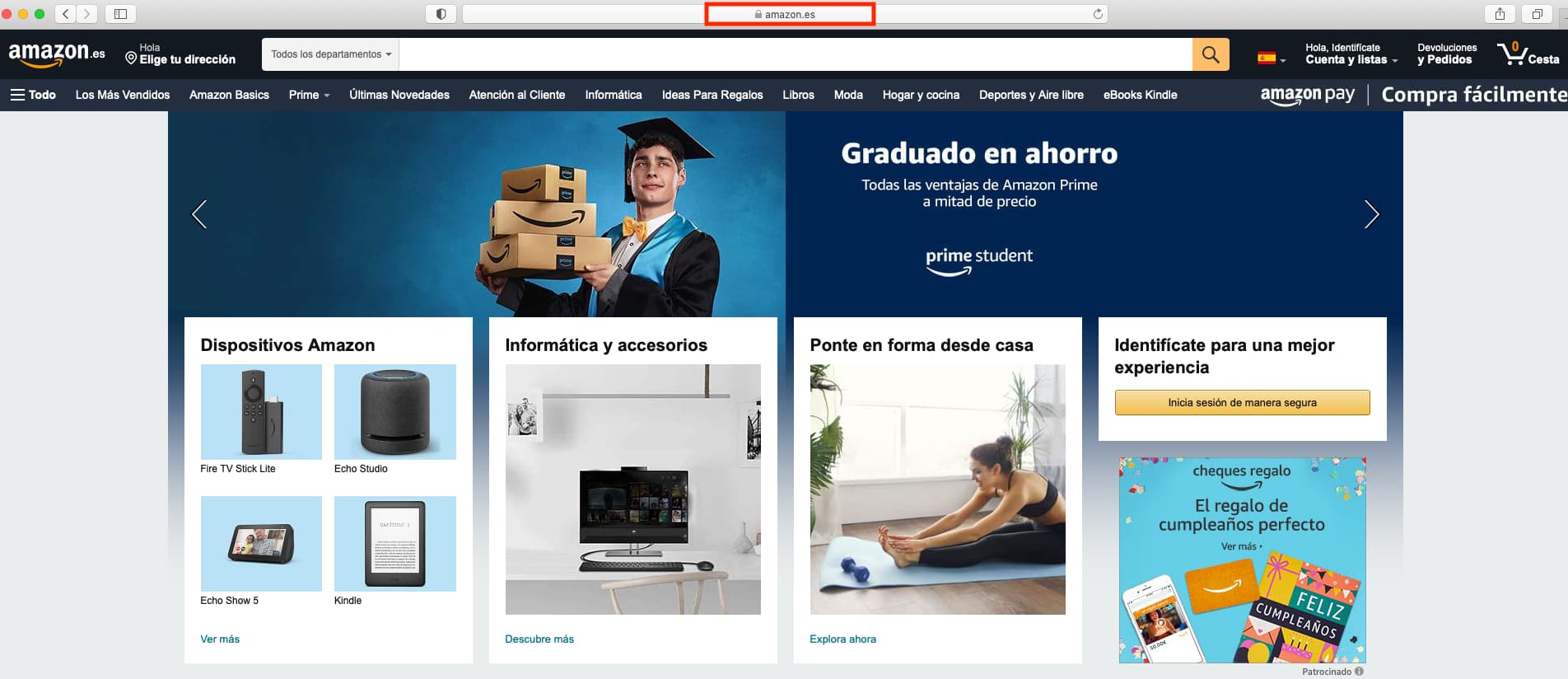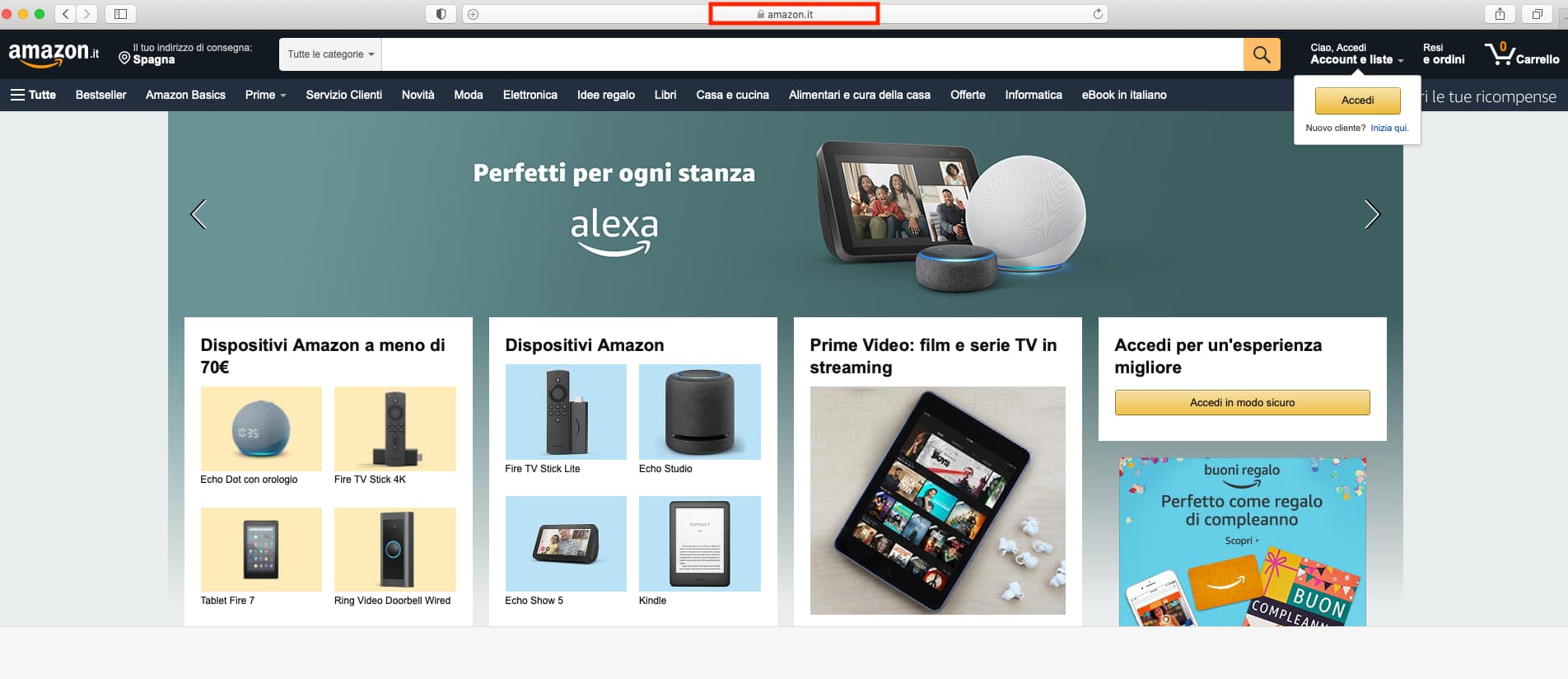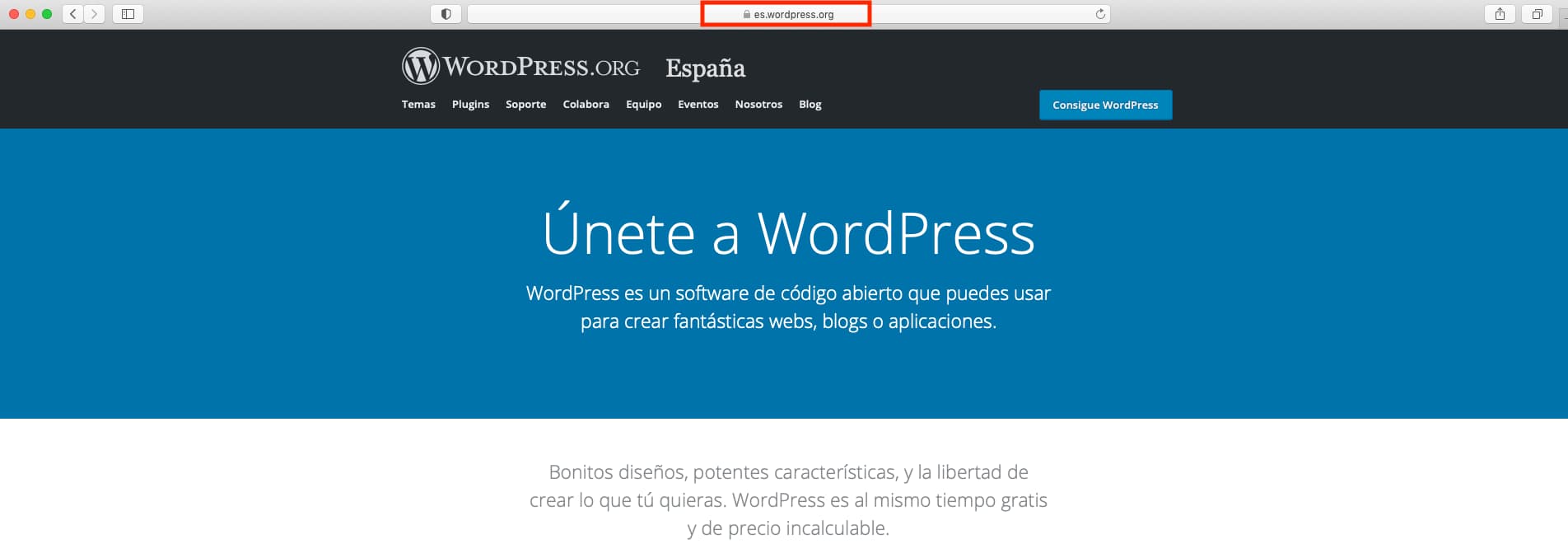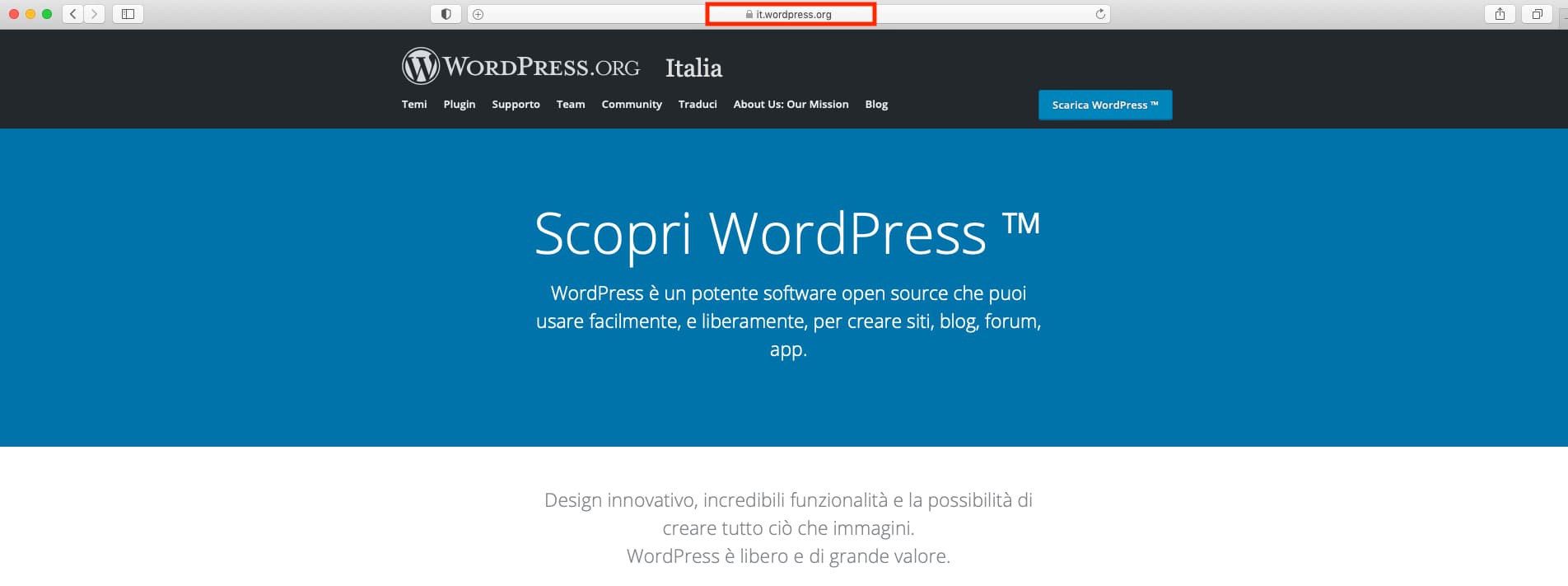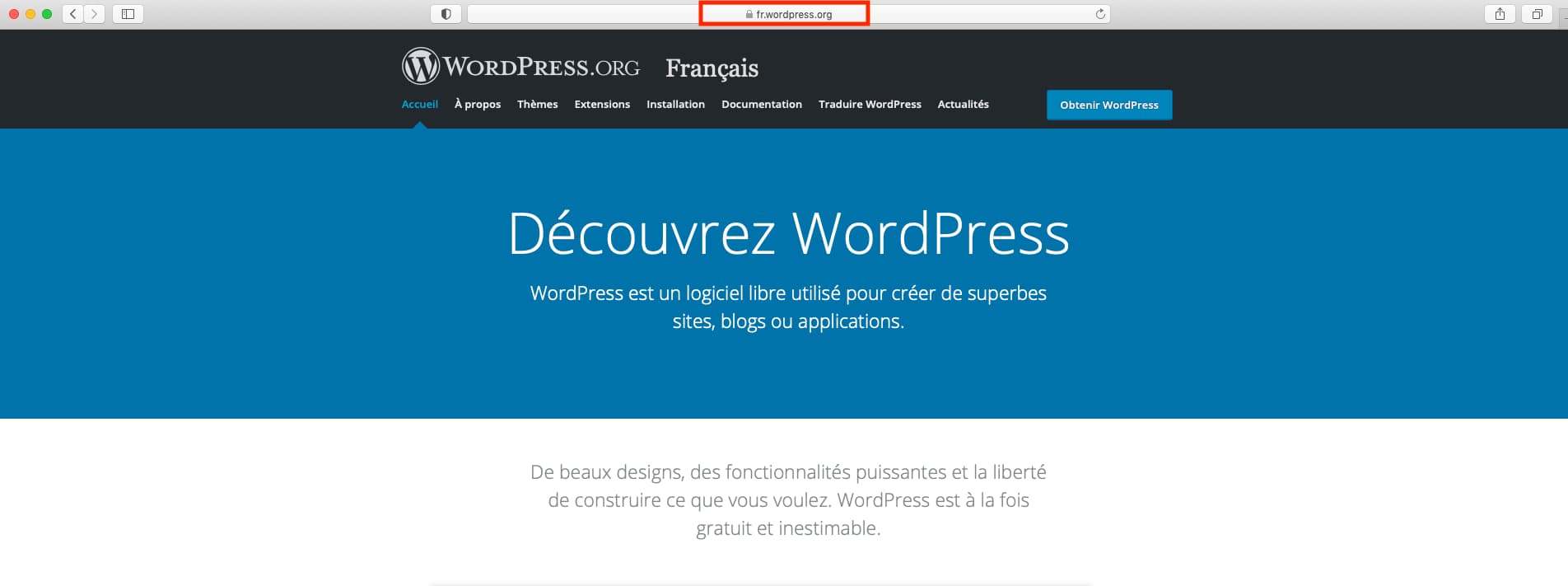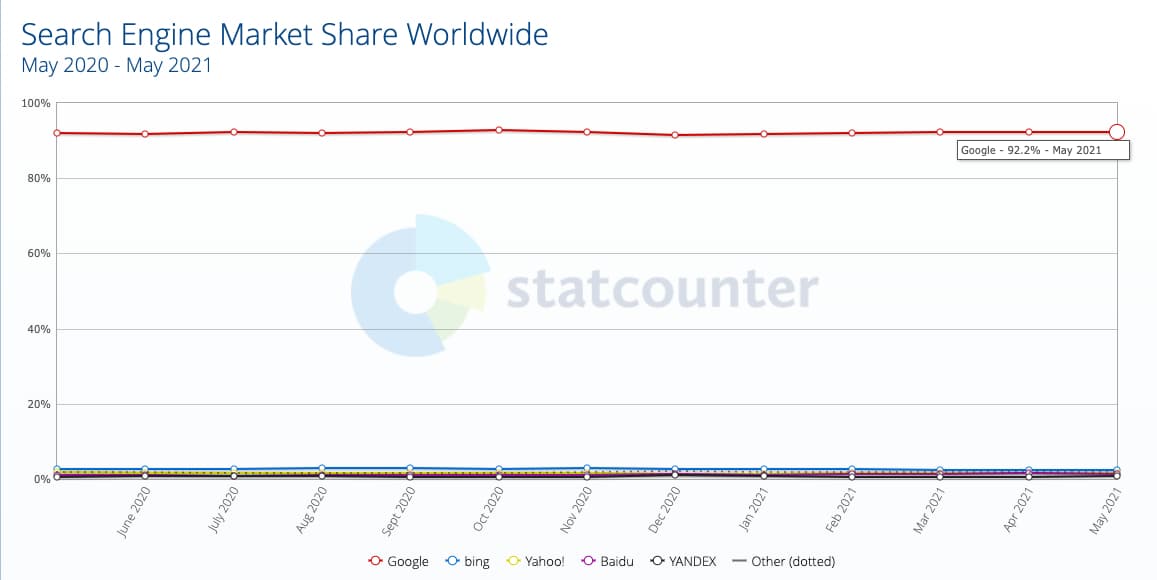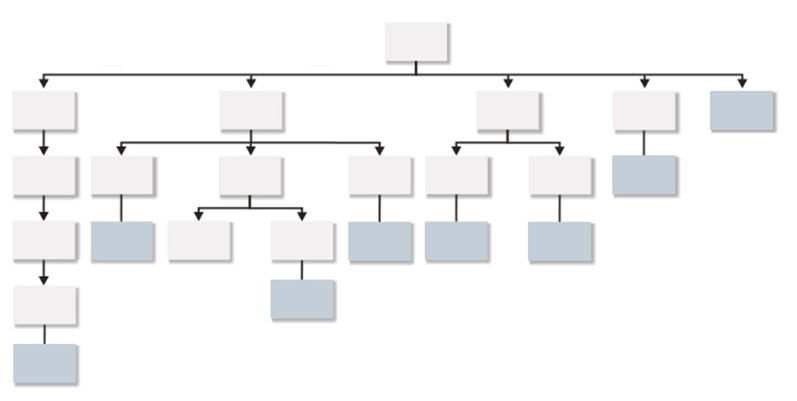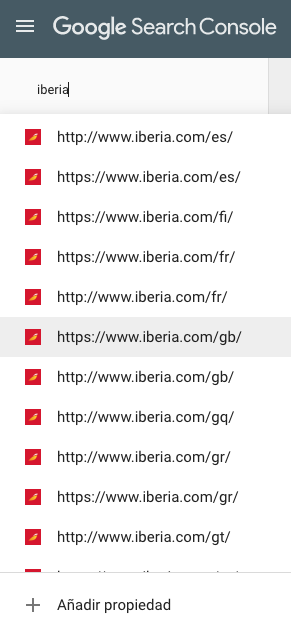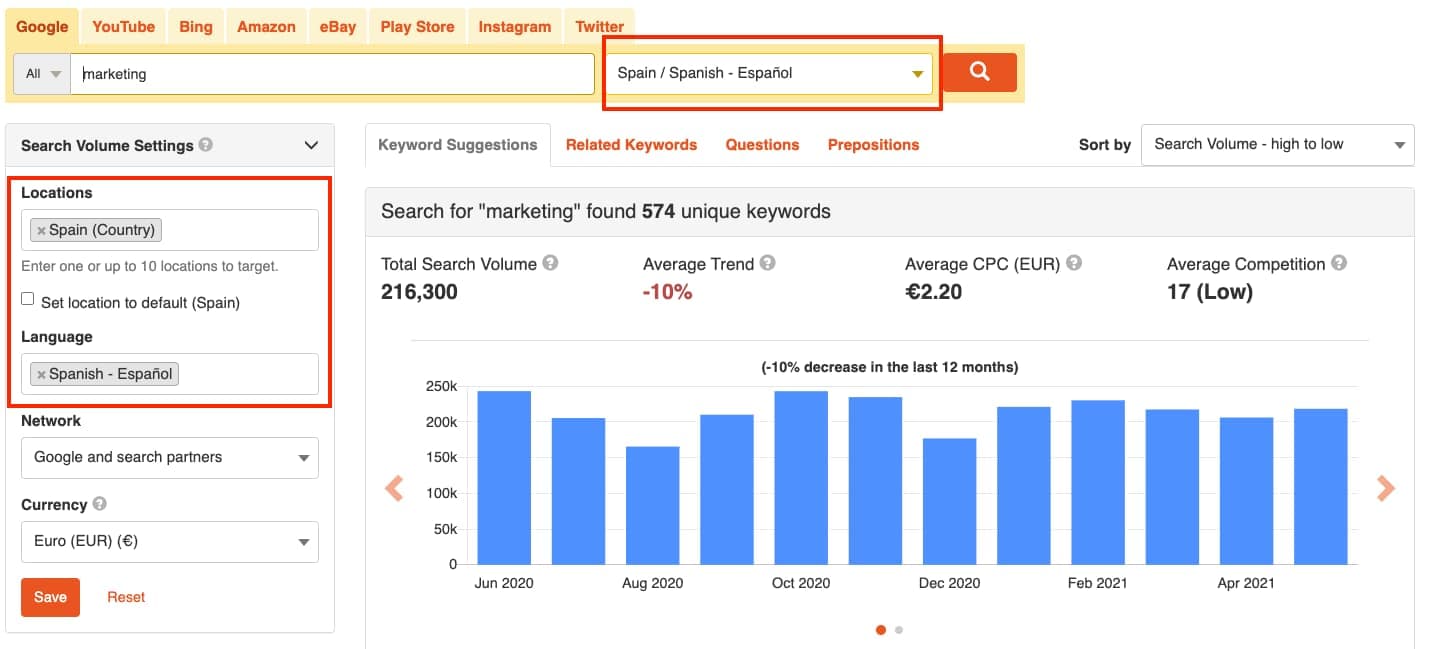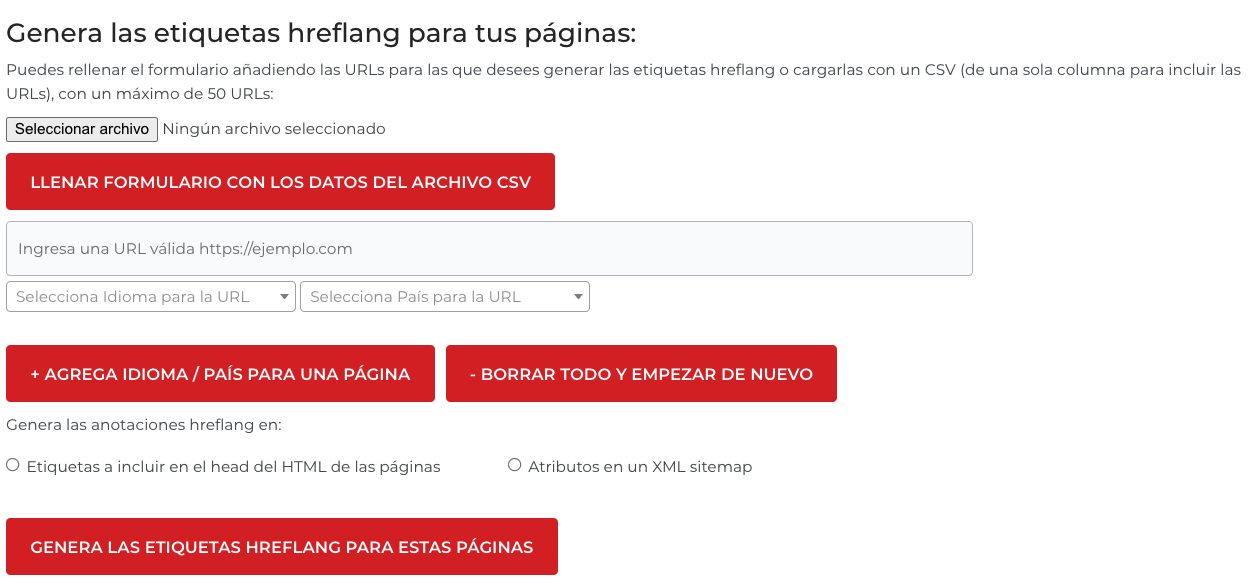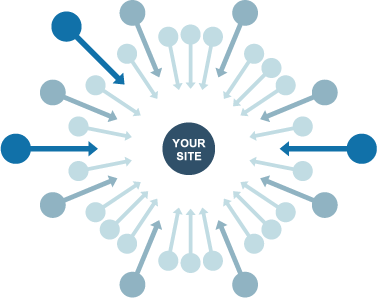Written by Paolo Gorgazzi
If I translate my website into another language and start selling my products in another country, am I doing international SEO?
If you don’t know the answer to this question, make yourself comfortable because we are going to explain how to position your website internationally. If you don’t want to fail, there are multiple factors to analyze before embarking on an international SEO project. But be careful, because even so, success is not guaranteed.
SEO is not an exact science, everything is achieved through trial and error and international SEO is no exception to this dynamic. Therefore, the experience of the consultants chosen as advisors in your international adventure can determine the success or failure of your project and, of course, can save you time and money to invest in strengthening other aspects to develop your idea.
What is International SEO?
International SEO is a marketing strategy, a set of techniques and practices to optimize your website for search engines in different countries and languages.
As with traditional SEO, there are several technical and content factors that are useful in achieving your goals. In particular, thanks to international SEO you will be able to reach specific audiences in locations and languages previously chosen by you.
International SEO objectives
The goal of international SEO is to gain more visibility for your website and more exposure for your products/services in the country or countries where you have decided to expand your business in order to increase the conversion rate.
To achieve your objectives it is very important to know if your business is compatible with other markets, if it has real possibilities of success in nations with other cultures and, above all, if your business model is viable in economic terms outside the borders of your country.
When should you do international SEO?
It’s a question that requires an answer based on data from your website analytics tools. In Google Analytics you analyze the international organic search visibility, the organic traffic received from other countries outside Spain and its conversion rate.
After analyzing the data obtained, do you see the feasibility of expanding your business internationally? If the answer is yes, then international SEO will be one of your best allies to give visibility to your products/services in search engines, where your potential customers search for them according to their country and language.
Examples of international SEO
There is no magic formula for easily positioning websites in other countries. Even large companies worldwide implement different international SEO strategies and this does not imply better results from one over the others.
Here are some examples:
Amazon deploys one domain in each country
amazon.es in Spain
amazon.it in Italy
amazon.fr in France
Apple opts for a strategy deploying subdirectories for each country from a .com domain.
www.apple.com/es/ in Spain
www.apple.com/it/ in Italy
www.apple.com/fr/ in France
WordPress uses a strategy where it implements the use of a subdomain for each country.
en.wordpress.org in Spain
it.wordpress.org in Italy
fr.wordpress.org in France
How to develop an international SEO strategy in 6 steps?
Before starting to work on your website with international projection you must design an international SEO strategy to avoid falling into the classic mistakes made by most companies and thus be able to squeeze and return in the future all the resources you invest in your project.
Market analysis and target audience study
Knowing the market of the country or countries where you will offer your products/services is a fundamental step to know if it is really worth investing in the international expansion of your business.
In the same way, you must know your target audience very well, since your potential customers will search in their own language and in the most popular search engines in their country. Although 92.2% of global searches are performed on Google, the situation changes according to each country and its territorial context.
There are many other search engines besides Google: in Europe Bing is also used, in China the monopoly is held by Baidu and Yandex is the most used search engine in Russia.
When designing your international SEO strategy, carefully consider these types of factors, as they are decisive for the success of your project.
If a search engine other than Google is used in the market to be targeted, it is best to work closely with an SEO specialist from that search engine. The reason is simple: it can guide you and help you in the development of the whole process, because you should know that each search engine has its own characteristics, algorithm and peculiarities.
Information architecture: domains, subdomains and subdirectories
The information architecture of a website is fundamental to its positioning and the same is true for international SEO. Deciding which TLD (Top Level Domain) to choose is very important for the development of your project.
gTLD domains (generic Top Level Domain): generic domains such as .com or .net. they help Google to understand in which country it has to position your content, but for this you must configure the geographic orientation of your domain in Google Search Console. If you choose to set up your international website with a gTLD domain (domain.com) you can opt for subdirectories (domain.com/en, domain.com/fr) or subdomains (es.domain.com, fr.domain.com). If your website already exists, you can benefit from its authority.
ccTLD domains (country code Top Level Domain): these are domains with country codes such as .es or .fr. Google understands perfectly well that the content of these domains must rank respectively in Spain or France. If you choose to set up your international website with a ccTLD domain (domain.es) you have to deploy a different domain in each country (domain.fr, domain.it). The advantage of having positioning in each country is offset by the dilution of authority between the different domains and the difficulty to manage the work of this decision.
In the case of a new project, Human Level recommends deploying a gTLD type domain (domain.com) and the use of a subdirectory for each language (domain.com/en, domain.com/fr), since these are part of the main domain, enjoy its authority and popularity, can be geographically oriented in Google Search Console and, in addition, each subdirectory can be registered as an independent property to know the data of each territory.
Choice of hosting
Depending on your choice in the previous paragraph you will have two possibilities:
- If you have chosen to use a ccTLD domain for each country, we advise you to contract a hosting with servers located in the target countries.
- If, on the other hand, you have chosen the option that Human Level recommends, it is best to contract content delivery networks (CDN). These are servers physically located in several countries where copies of your website are replicated. This way, when a user accesses your web content from any country, they have a copy of your content available near their location. This results in reduced latency time and improved download speed. In addition, if your website receives a very high volume of visits, the CDN will allow you to distribute the traffic load among the different servers.
Adaptation of content
Remember: even if your potential customers search from different countries in the same language, it will probably have specific uses in each territory. To be clearer, let me give you two examples: Spanish has different connotations in Spain and in Argentina, and English is not spoken in the same way in the UK and in the US.
Hence the need to adapt the contents of your website to the language of the country of your target audience, a simple literal translation of all the content of your site is not enough.
Adapt your content to support the positioning of your site, perform keyword research using tools to perform word studies based on language and country. There are free tools, such as the Google Ads keyword planner, or paid tools, such as keywordtool.io, that allow you to change the country where you want to do the search and also the language in order to further refine the study of the final terms chosen to write the content of your website.
Hreflang: the key to international SEO
The hreflang attribute is undoubtedly the key to an international SEO strategy focused on achieving the visibility objectives set in the SEO strategy. The correct implementation of the alternate/hreflang tag can determine the success of your international project, since it is in charge of communicating to search engine robots the relationship between the different versions of your website and telling them that it is not duplicate content. Using it correctly allows Google to direct users to the most appropriate version based on language and country.
The HTML alternate/hreflang tag is composed of three variables:
rel=”alternate”: informs search engines of the existence of another version of the page.
href=”(URL)”: location of the specified page.
hreflang=”(language code and country code)”: ISO 639-1 language code and ISO 3166-1 country code.
Here is an example of a correct implementation of the hreflang tag for the iberdrola.es website: this website has 3 language versions for a single country. Spanish version for Spain, Basque version for Spain and English version for Spain (must always be accompanied by the canonical):
Page in Spanish:
- <link rel=”canonical” href=”https://www.iberdrola.es”/>
- <link rel=”alternate” href=”https://www.iberdrola.es” hreflang=”en-es” />
- <link rel=”alternate” href=”https://www.iberdrola.es/en” hreflang=”en-es” />
- <link rel=”alternate” href=”https://www.iberdrola.es/eu” hreflang=”eu-en” />
Page in Basque:
- <link rel=”canonical” href=”https://www.iberdrola.es/eu”/>
- <link rel=”alternate” href=”https://www.iberdrola.es” hreflang=”en-es” />
- <link rel=”alternate” href=”https://www.iberdrola.es/en” hreflang=”en-es” />
- <link rel=”alternate” href=”https://www.iberdrola.es/eu” hreflang=”eu-en” />
English page:
- <link rel=”canonical” href=”https://www.iberdrola.es/en”/>
- <link rel=”alternate” href=”https://www.iberdrola.es” hreflang=”en-es” />
- <link rel=”alternate” href=”https://www.iberdrola.es/en” hreflang=”en-es” />
- <link rel=”alternate” href=”https://www.iberdrola.es/eu” hreflang=”eu-en” />
Here is a link to the hreflang tag generator developed by Aleyda Solis.
Geolocated link building
Whether doing traditional SEO or international SEO, a good link building strategy can differentiate your content from that of your competitors. If your project is new and your domain lacks authority and popularity in a certain country, you will have to design a geolocalized link building strategy.
In addition to writing relevant content for your target audience taking into account the context of each territory, it is a priority to get quality links from websites originating in the country where you want to position yourself. This helps to rank your content in the different search engines according to language and country.
Conclusions
Although it is very similar to traditional SEO, international SEO is a branch of digital marketing with its own peculiarities, and it requires knowledge and experience to design a winning strategy to achieve results within the predefined timeframe.
Nowadays, there are many large companies -although there are more SMEs- that choose to seek new markets outside the borders of Spain to expand their business horizons and that find in international SEO a faithful ally to conquer new territories and new customers.
Human Level’s experience through its international clients allows it to offer an international SEO campaign service focused on objectives and different search engines. If you are thinking of leaving your comfort zone and expanding your business possibilities, we can help you to give visibility to your products and services in other countries.
